Introduction
The Note7 came in hot but went out in a show of flames and combustion. Rising out of its ashes is Fawkes the Note8! Samsung has pulled out all the stops on the specs of this phone, and added a few stops where the battery’s concerned. Join us—and hopefully not the local fire department—as we open up the Samsung Galaxy Note8!
Looking for more fiery teardown updates? Follow us on Facebook, Instagram, or Twitter for the latest teardown news.
Tools
-
-
The Note8 is a tall phone. Let's see what occupies all that space:
-
Edge-to-edge, 6.3" Super AMOLED display, 18.5:9 aspect ratio with 2960 × 1440 resolution (521 ppi) and Gorilla Glass 5
-
Qualcomm Snapdragon 835 processor with 6 GB RAM
-
3300 mAh battery
-
Dual-lens, dual OIS main camera system with one 12 MP wide-angle lens with ƒ/1.7 aperture and one 12 MP telephoto lens with ƒ/2.4 aperture
-
64/128/256 GB of internal storage with 256 GB available via microSD expansion
-
S Pen slot, USB-C port, and headphone jack
-
IP68 dust and water resistance rating
-
-
-
You can see right through this phone if you squint hard and have the ability to fire high-energy photons.
-
The X-ray intel suggests a somewhat familiar layout, but a little physical poking and prodding is definitely in order. Ready the tools!
-
But first, a quick exterior comparison of the Note8 and Note7 Fan Edition reveals a bigger display, slimmer bezels, and a fingerprint sensor that has migrated to the back of the phone—where it's now joined by not one, but two cameras.
-
-
-
This glue-ridden heat-pry-and-slice opening procedure is certainly not our favorite, but at least by now it's getting familiar. As usual, it all starts with our trusty iOpener.
-
Cracking open the phone, we spy a delicate fingerprint sensor cable. This makes carving through all that glue a bit treacherous as the cable might be easy to slice right through if you aren't expecting it.
-
-
-
We are pleased that we get to use a Phillips driver to remove the midframe/NFC antenna/PMA and Qi wireless charging coil combo.
-
After removing that maxed-out midframe, we remove the bottom speaker assembly to get our first peek at the internals.
-
Is this a subtle response to past battery woes, or just Samsung working to tidy up? Time to take a look at that power plant.
-
-
-
In line with other recent Samsung phones, the battery squats in a little pit of glue-lined sadness, but we quickly set to work digging it free.
-
A little heat can help soften the glue here, but heat and lithium-ion batteries form a combustible mix—so we opt for a different solution.
-
This Samsung SDI-made battery plonks down 12.71 Wh (3300 mAh at 3.85 V) of capacity.
-
That's 6% less than the Note7's 13.48 Wh—but keep in mind that battery burned in more ways than one. The safely revamped battery in the Fan Edition clocked in at only 12.32 Wh, so this actually represents an improvement (assuming of course no fire).
-
-
-
Next we get our hands on the motherboard, along with the Note8’s many cameras.
-
If we were impressed with the number of cameras last time, the new Note ups the ante with four cameras:
-
Facing the front of the phone we have an iris scanner and an 8 MP, ƒ/1.7 camera.
-
Facing the rear we have Samsung's new dual camera module: one wide-angle and one telephoto camera, both with OIS. This system allows for some pretty cool new features.
-
OIS confirmed. This magic bonus image reveals a squad of dense, dark shapes—those'd be the magnets—surrounding both camera lenses. Neat!
-
-
-
Let's notate what powers all of this screen:
-
Samsung K3UH6H60AM-NGCJ 6 GB LPDDR4X SDRAM layered over a Qualcomm Snapdragon 835
-
Samsung KLUCG4J1ED-B0C1 64 GB UFS flash storage
-
Qualcomm WCD9341 Aqstic audio codec
-
Skyworks SKY78160-11 power amplifier
-
Avago AFEM-9066 power amplifier
-
Wacom W9018 touch control IC
-
Silicon Mitus SM5720 power management IC
-
-
-
Flipping the board over we find:
-
Qualcomm WTR5975 RF transceiver
-
Avago AFEM-9053 power amplifier
-
Skyworks SKY77365-11 quad-band GSM/GPRS/EDGE power amplification module
-
Qualcomm PM8998 PMIC
-
Murata KM7628048 Wi-Fi module
-
Qualcomm PM8005 power management IC
-
Maxim Integrated MAX77838EWO AMOLED power management IC
-
-
-
IC identification, part 2:
-
IDT P9320S wireless charger IC
-
Maxim MAX98506 audio amplifier
-
NXP Semiconductor PN80T NFC controller w/ secure element
-
Qualcomm QET4100 40 MHz envelope tracker
-
Qualcomm ? D5319 mid-band diversity IC
-
Qualcomm ? D5320 high-band diversity IC (likely)
-
Samsung S2M005X02 power management IC (likely)
-
-
-
IC identification, part 3:
-
Samsung S5YY4N02 image processor (likely)
-
Murata 361 low-band diversity
-
ON Semiconductor FXLA0104QFX 4-bit voltage translator
-
NXP Semiconductor NCX2200 comparator
-
ON Semiconductor FAN48618 1 A voltage regulator
-
ON Semiconductor FPF3688UCX load switch
-
Vishay DG2730 2-port, 480 Mbps USB 2.0 DPDT analog switch
-
-
-
IC Identification, part 5 (sensors):
-
AKM Semiconductor AK09916C 3-axis electronic compass
-
Ablic (Formerly Seiko Instruments) S-5712CCDL1-I4T1U hall effect sensor
-
STMicroelectronics LSM6DSL 3-Axis accelerometer/gyroscope
-
STMicroelectronics LPS22HB pressure sensor
-
Maxim Integrated MAX86902 heart rate sensor (likely)
-
-
-
We reserve the right to continue bellyaching about the opening procedure on these phones, but once inside it's not all bad news.
-
The USB-C port, a component that will experience wear, can be removed with the daughterboard.
-
Meanwhile, the 3.5 mm headphone jack is present (huzzah!) and completely modular. We find this essential on premium handsets.
-
All that, plus an IP68 water/dust ingress protection rating that bests Apple's efforts. Not too shabby.
-
The front-facing sensor (likely AMS TMD4906) assembly is also present on its own little board—another easily replaceable module!
-
Next we open up the S Pen compartment … to find the S Pen. Kind of obvious I guess, but we couldn’t help ourselves.
-
-
-
The Note8's OLED panel has been much ballyhooed, with many superlatives, but we're mostly just interested in how it comes off.
-
Answer: bring heat and alllllll your opening picks.
-
Along for the ride: Samsung S6SY661X (likely touch controller)
-
And a Winbond W25Q80EW 8 Mb serial flash memory
-
-
-
With both the Note7 and Note8 styluses on hand, we couldn't help but do our own comparison—Star Wars style.
-
After glorious combat we asked our friends at Creative Electron to show us the inner-workings of the S Pen.
-
-
-
We hope you took notes along the way, because this Note is kaput!
-
Big thanks to Creative Electron for once again bringing our teardown into a new dimension!
-
Feast your eyes on all the bits and stay tuned for a score.
-
-
-
The Samsung Galaxy Note8 earns a 4 out of 10 on our repairability scale (10 is the easiest to repair):
-
Many components, including all of those that experience wear, are modular and can be replaced independently.
-
The only screws in this phone are standard Phillips screws.
-
The battery can be replaced, but tough adhesive and a glued-on rear panel make it unnecessarily difficult.
-
All repairs require removing the glass rear panel, which is challenging due to the large amount of adhesive.
-
Replacing the display requires removing the glass rear panel and the display, both of which are fragile and secured with strong adhesive.
-
53 comments
The iPhone is way better designed than this, when I had to replace my screen it was just two screws and the screen comes off first...
Gaj B -
The iPhone is not IP68.
ignore him, he's a 12 year old iDiot who wants to feel better about his horrible purchase by spamming every samsung teardown with nonsense. probably gets bullied irl too
Lets not forget that this samsung device has a headphone jack.
Arnold -
Bogdan Lol sounds like a Samsung fanboy that has to resort to having to argue with people over the internet to get their way because they can't in real life. Also it isn't nonsense; its facts. The iPhone line has almost always had more repairability and durability because it has only 1 glass panel instead of 2. And, Steve's point is nonsense because it is only a difference of .5 of a meter and unless you plan to take your phone scuba diving it isn't very relevant.
@gigabit87898 Don't get worked up over this guy. Every device has ups and downs. iPhones can't have Qi because of the metal back. But Samsungs have glass which makes it prone to cracking. Samsungs aren't actually competing against Apple in the same way XBox isn't competing with PS4. Apple people will be Apple people and Android people will be Android people. Same deal with consoles. At least until they switch. And when they switch it likely isn't because of the repairability score.
Samsung isn't "The" Android anymore. If you really want to pit Android vs. apple it should be pixel vs. iPhone or not at all. Also take a look at the OnePlus 5's score.
@pccheese good point; I do have a Samsung and I don't really have a preference anymore when it comes to iOS vs android but I hate it when people bash apple with false facts.
well the note 4 was imo also better designed than this pile of crap, the battery could be replaced by the user without having to go through ANY screse and no %#*@ glue either.
My1 -
Really great tear down. You guys always go above and beyond. Looks like a nice phone, will be interesting to see what Apple responds with in a few days.
They are going to be innovative and add a 3.5mm stereo jack to their next model. Then charge $50 for some ridiculously sounding headphones.
The iPhone 7 is rated IP67. The difference between that and IP68 is undefined, up to the manufacturer, but immersion deeper than 1 metres, up to 3 metres.
In case anybody is wondering, "OIS" is an abbreviation for "Optical Image Stabilization".
IP68 is a defined rating. Basically 5 feet (1.5 meters) for half an hour with pressure shifts (can include phone and water movement). IP67 is 1 meter maximum pressure (device not moving, water still) for 30 minutes.
Do people even Google these days?

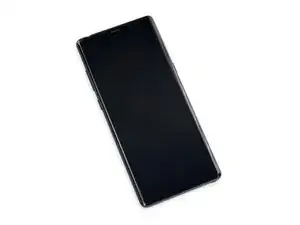
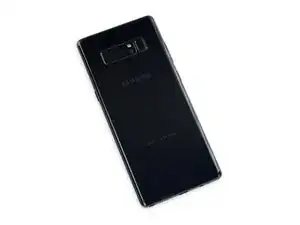
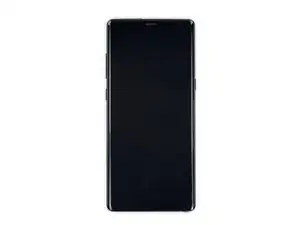
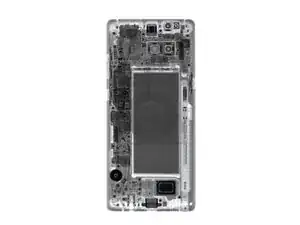
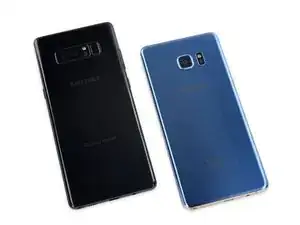

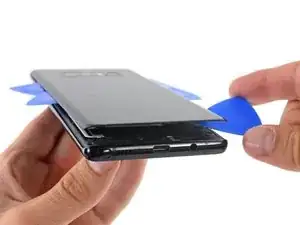
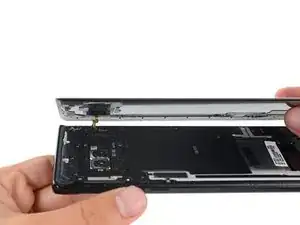
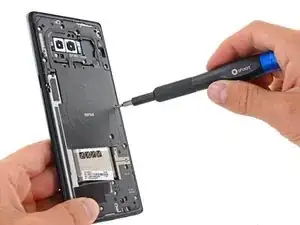
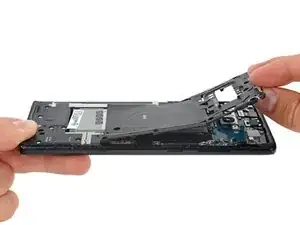
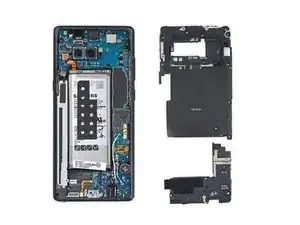
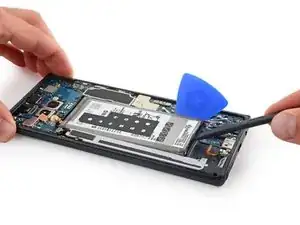
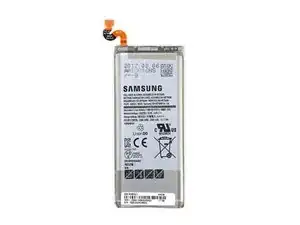
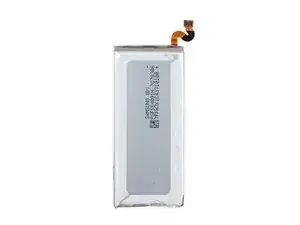
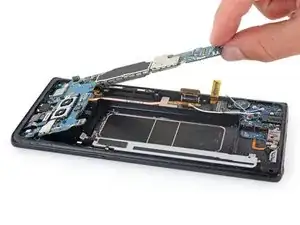
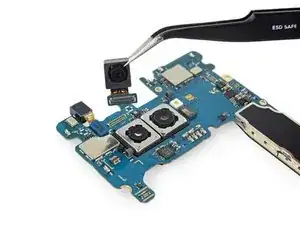
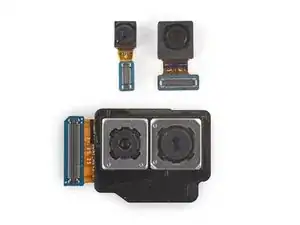
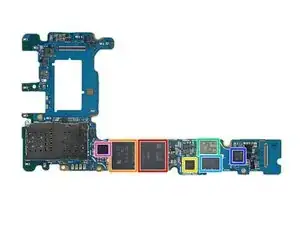
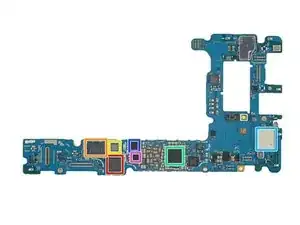
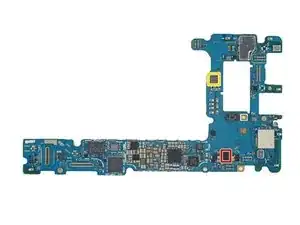
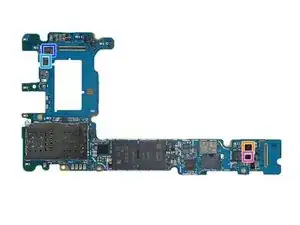
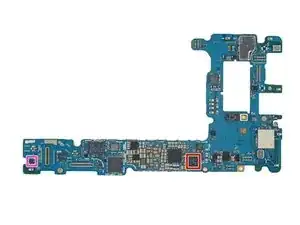
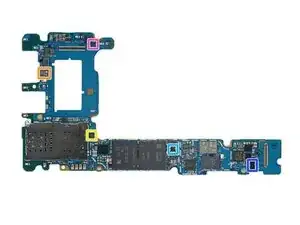
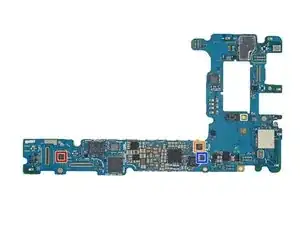
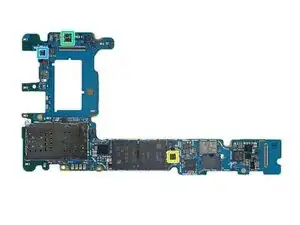
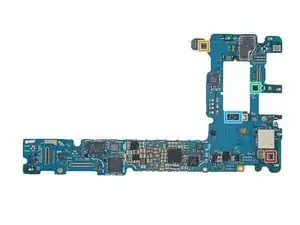
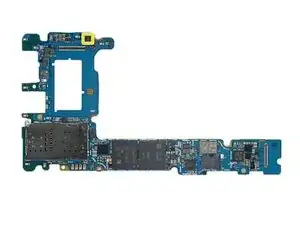
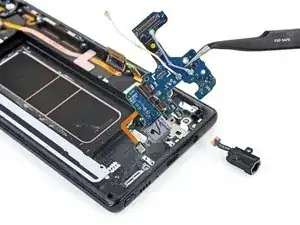
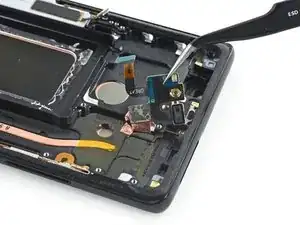
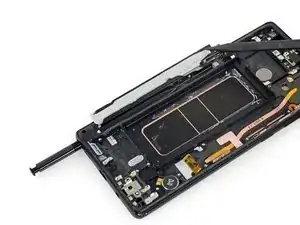
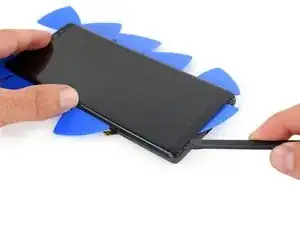
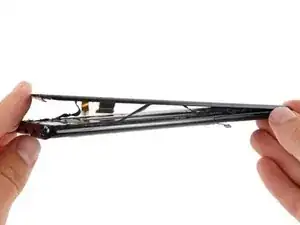
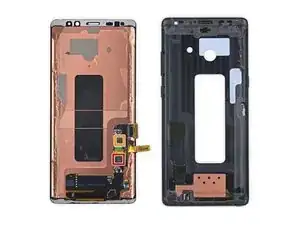

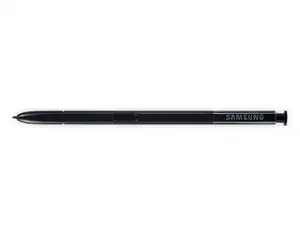
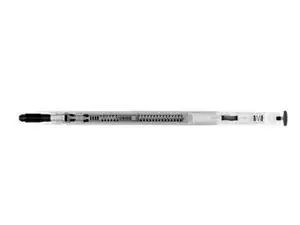
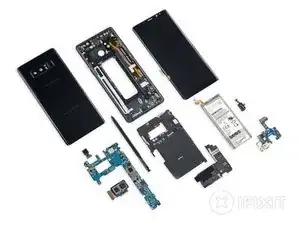

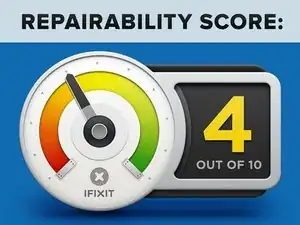

Hi. What model / supplier is the fingerprint sensor? Do you have any picture on that part?
Kevin Cass -